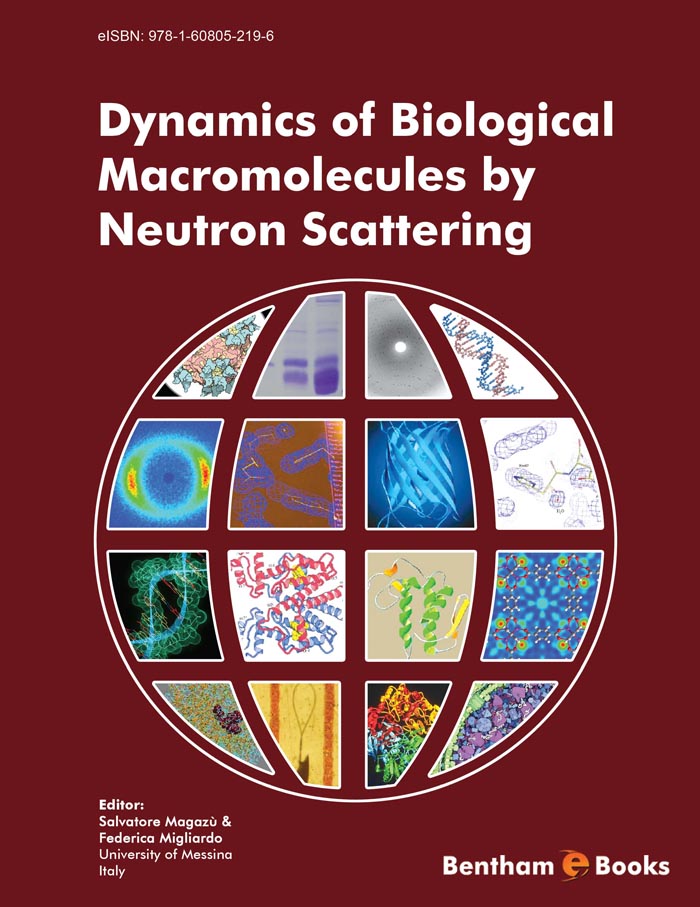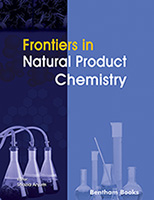Preface
The scope of the E-book entitled “Dynamics of Biological Macromolecules by Neutron Scattering” is to provide insight into the study of the dynamics of biological macromolecules by neutron scattering techniques.
The E-book is focused on recent scientific results on biomolecular motions obtained by using neutron spectroscopy also in combination with simulative methods and complementary spectroscopic techniques and reflects the importance of progresses and innovation which characterise today this kind of studies.
Neutron scattering is as a powerful tool to find answers to a wide range of interesting scientific questions. There is a broad consensus that in the near future the potential for innovative work in neutron scattering is greatest in the area of biophysics for two main reasons: (i) experimentally, bringing sample sizes down by an order of magnitude will open up a rich field of work on interactions in functionally important systems; (ii) interpretationally, multi-parameter data sets of high quality allowing more detailed comparisons with increasingly realistic Molecular Dynamics simulations of biomolecules and their building blocks.
At present, an increasing number of physicists study, by new transdisciplinary approaches, systems of biological interest where complexity reigns, and are discovering how rewarding the interaction with biologists can be. In the living world, complexity implies a degree of organizational hierarchy, defined by several length scales with an interplay between events at different levels. This interplay extends from the events that happen very slowly on a global scale right down to the most rapid events observed on a microscopic scale.
The E-book discusses likely directions of future work on biological macromolecular systems and outlines some challenging, hitherto inaccessible problem areas.
The applicability of neutron scattering to everwidening fields of biological studies is more and more extended and neutron scattering community is interested on using the unique capabilities of different facilities and technologies to their best advantage. Furthermore the large neutron fluxes produced in next-generation spallation facilities are likely to soon find expanded application in biology.





